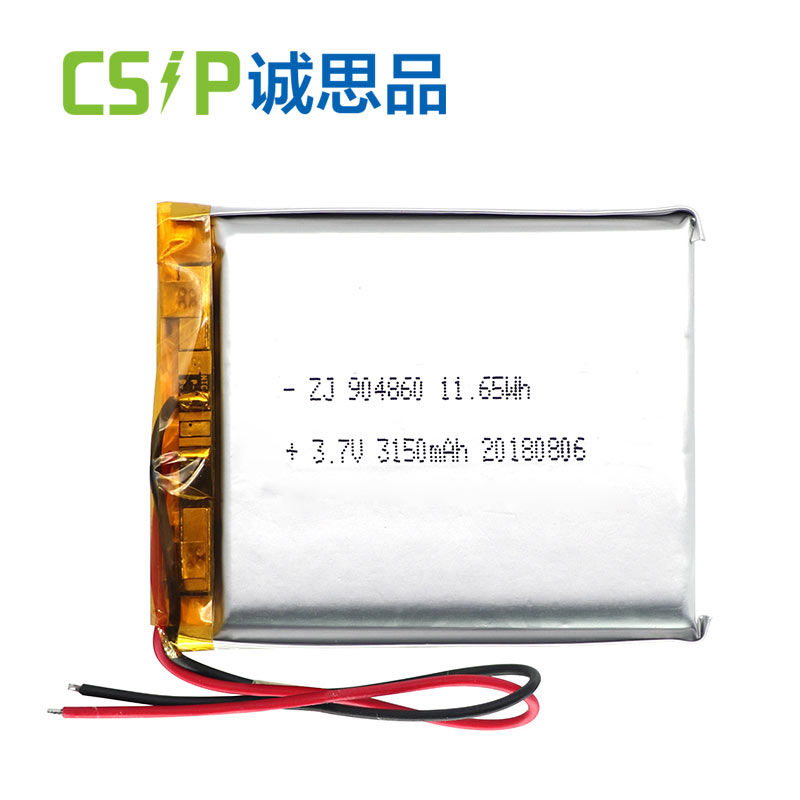Currently, mobile phones use lithium-ion batteries, so there's no memory effect problem and no need to spark them. The first charge doesn't need to be charged for further than 12 hours like a nickel battery, it only needs to be charged for about 4 hours. The life of an ion battery is only related to the number of charges, and a lithium-ion battery can be charged about 1000 times. Standby time is related to operation. still, the person dealing the phone says that the first three charges should take 12 hours. What's going on?

1. How to charge a new battery
In the use of lithium batteries, it should be noted that the battery is placed in a dormant state after a period of time, when the capacity is lower than normal, the use of time is also docked. But lithium batteries are easy to

As long as after 3- 5 normal charging and discharging cycles can spark the battery and restore the normal capacity. Due to the characteristics of the lithium battery itself, it has nearly no memory effect.
Thus the new lithium battery in the stoner's mobile phone doesn't bear special styles or outfit during the activation process. Not only is this theoretically true, but in my own practice, the" natural" system of charging the battery from the morning using the standard system of charging doesn't bear any special outfit.
In my own practice, the" natural activation" system of charging with the standard system is the stylish.
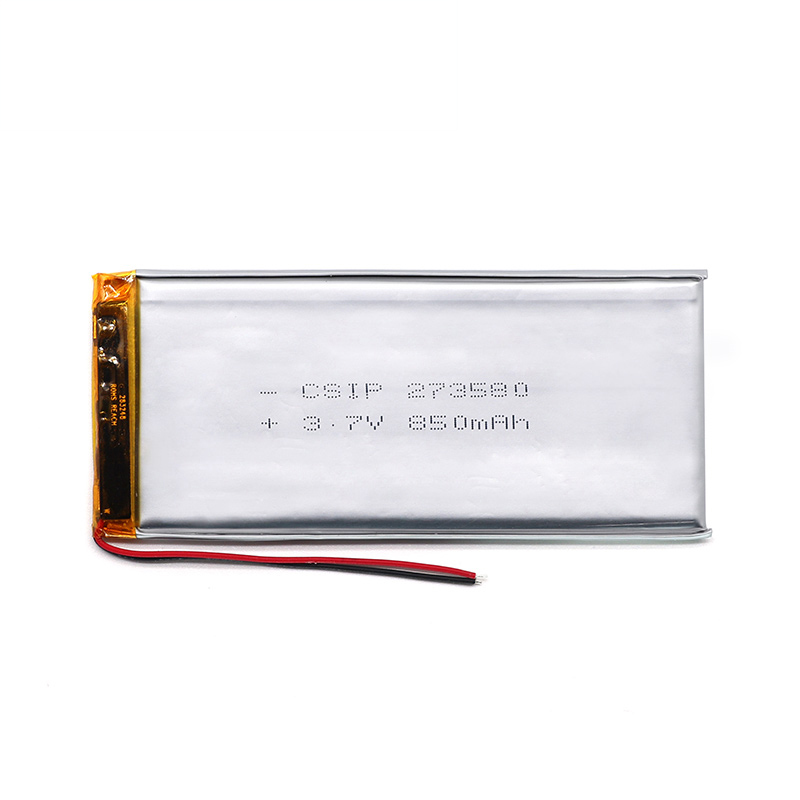
There's a lot of talk about the" activation" of lithium batteries the charge time must exceed 12 hours and be repeated three times in order to spark the battery. This" the first three charges should be
12 hours or further" is easily a carry-over from nickel batteries(e.g. NiCd and NiMH). thus, it can be argued that this statement was misrepresented from the morning.
Lithium and nickel batteries
The charge and discharge characteristics of Li- ion and Ni-ion batteries are veritably different and I can tell you veritably easily that all the serious sanctioned specialized sources I've consulted emphasise that fleecing and overdischarging can have a negative effect on Li-ion batteries, especially liquid Li- ion batteries.
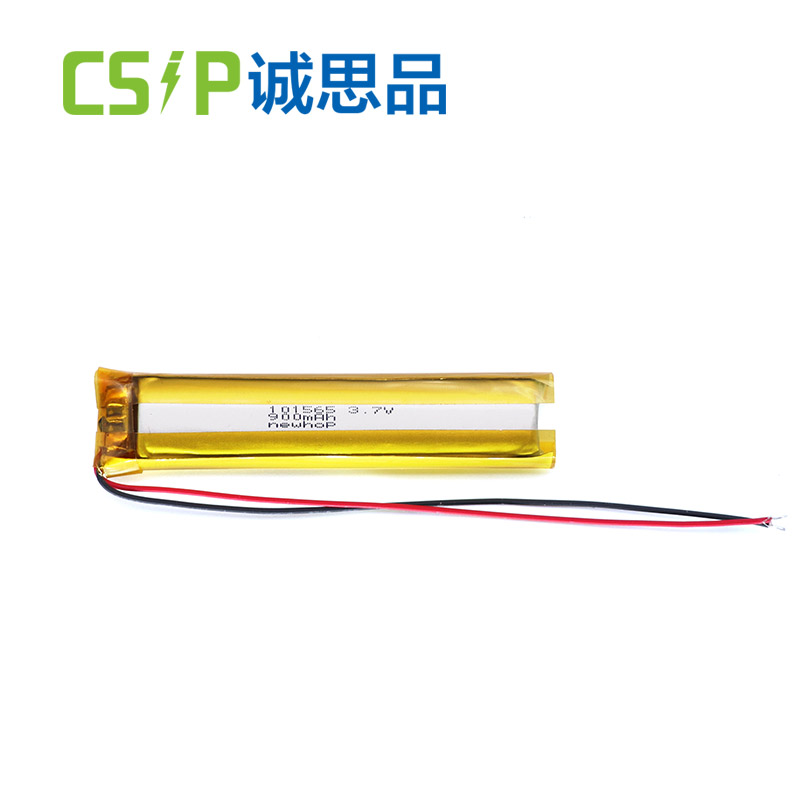
Batteries, especially liquid Li- ion batteries, can be veritably dangerous. It's thus stylish to charge them at standard times and in standard ways, especially not for longer than 12 hours.
The battery should be charged for the standard time and in the standard way. generally, the charging system described in the primer of a mobile phone is the standard charging system for that phone.
In addition, lithium-ion phones or dishes automatically stop charging when the battery is completely charged and there's no similar thing as a" teardrop" charge that lasts for 10 hours or so with a nickel bowl.

This means that if you leave your Li-ion battery on the bowl after it has been completely charged, it'll still be charged for nothing. None of us can guarantee that the characteristics of the battery's charge/ discharge protection circuit will noway change or that the quality of the battery will be perfect.
So your battery will be swimming on the edge of peril for a long time. This is another reason why we're against long charging.
In addition, on some mobile phones, if you don't remove the bowl after charging for a certain period of time, the system won't only not stop charging, but will also start a discharge- charge cycle.

Maybe the manufacturers of this practice have their own docket, but it's easily not good for the battery and the life of the phone/ bowl. Also, long charging takes a long time and frequently needs to be done at night,
And given the situation of our electricity grid, the voltage is advanced and further unpredictable at night in numerous places. As formerly mentioned, Li-ion batteries are veritably delicate, and they're much less resistant than nickel in terms of charging and discharging.
It's much less resistant to oscillations than nickel, and this poses an fresh peril.
Another aspect that mustn't be overlooked is that lithium batteries are also not suitable forover-discharging, which is also mischievous to lithium batteries. This leads to the following question.
2. When to start charging in normal use
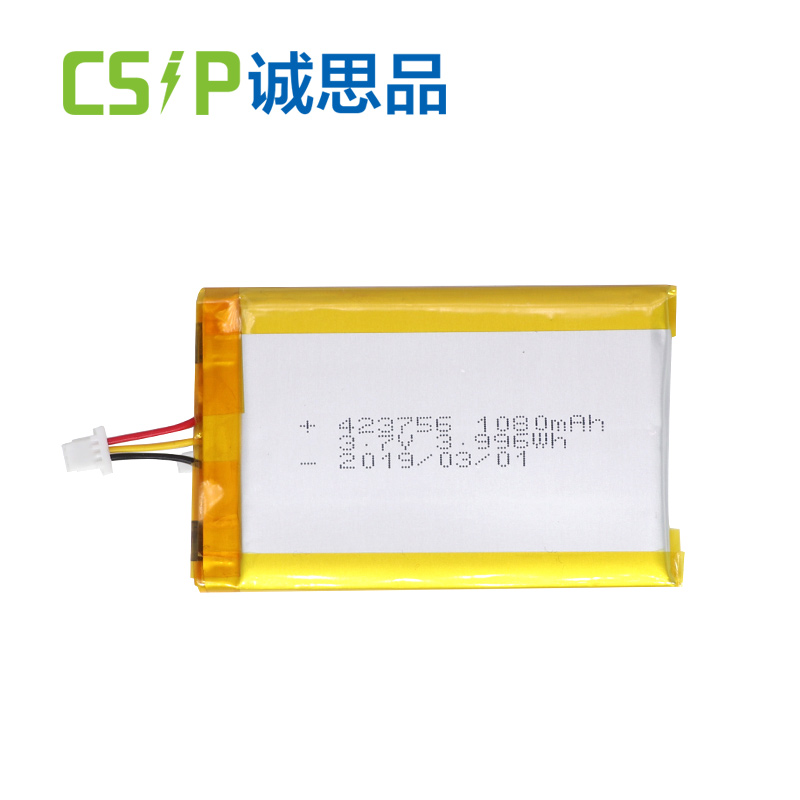
On our forums, we frequently see the argument that because there's a limit to the number of times you can charge and discharge your phone, you should use up as much of the battery as possible before recharging. But I set up
I set up an experimental table on the charge/ discharge cycles of Li-ion batteries and the data on cycle life is listed below.
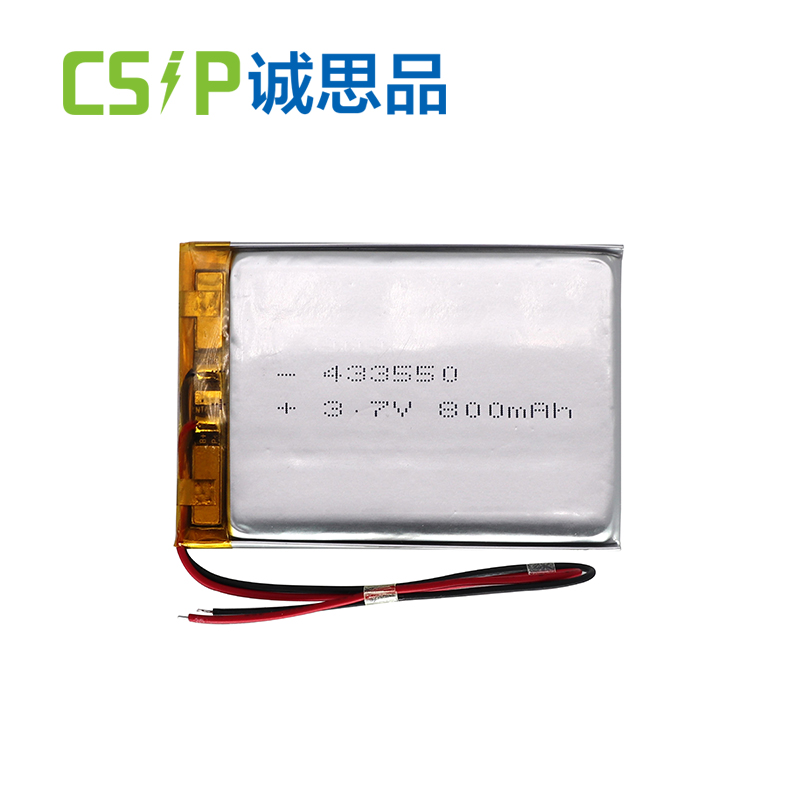
Cycle life( 10 DOD)> 1000 cycles
Cycle life( 100 DOD)> 200 cycles
Where DOD is the condensation for depth of discharge. As can be seen from the table, the number of rechargeable cycles is related to the depth of discharge, and the cycle life at 10 DOD is much longer than at 100 DOD.
Of course if converted to the relative total capacity of the factual charge 10 * 1000 = 100, 100 * 200 = 200, the ultimate is still better for complete charging and discharging, but that statement of the former netizen has to make some corrections under normal circumstances, you should have reservations about charging in agreement with the principle of recharging the battery after the remaining power is used up, but if your battery is doubtful to last the entire 2nd day when you anticipate
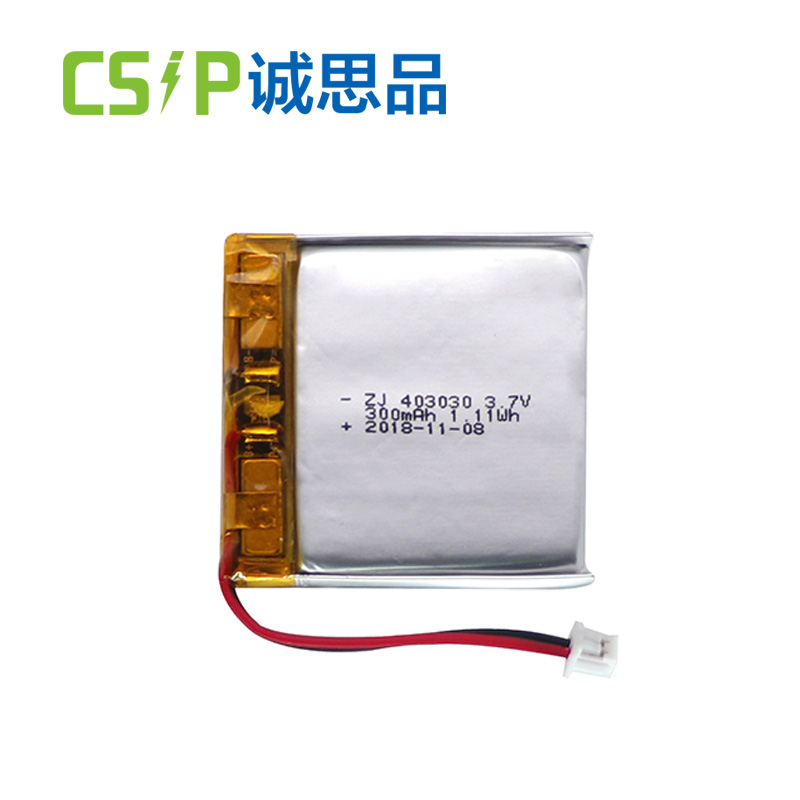
But if your battery isn't anticipated to last the whole day on day 2, you should start charging it in good time, unless of course you're willing to carry the bowl to the office.
And if you need to recharge for an important event that you anticipate to be busy with dispatches, indeed if there's still plenitude of charge left in the battery, also you should just recharge in advance, as you aren't really losing any" power".
You have not really lost" 1" charge cycle life, which is only"0.x", and frequently this x will be veritably small.
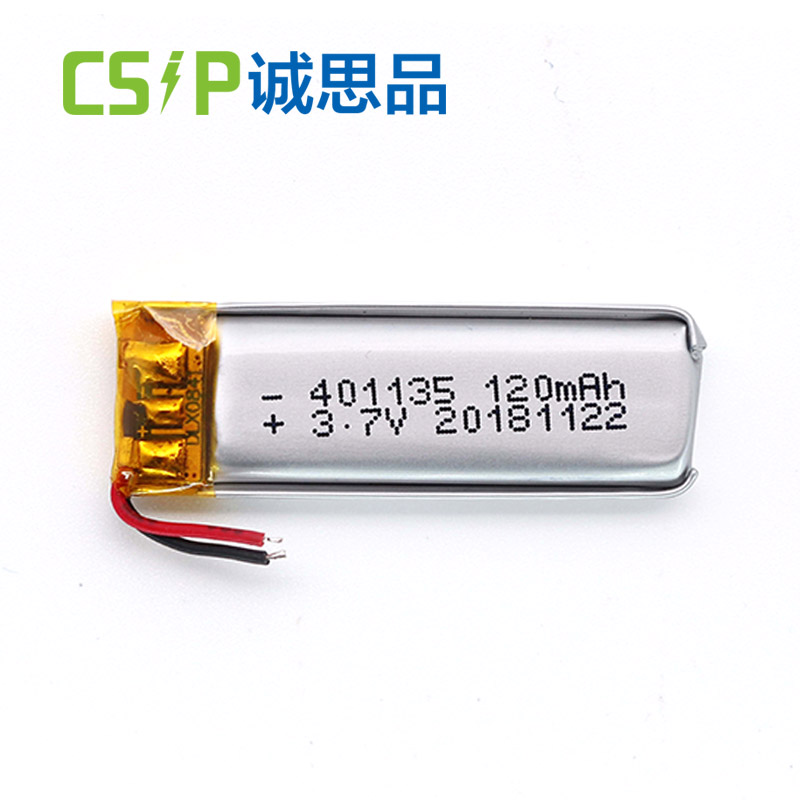
The principle of recharging when the battery has run out of charge isn't meant to be taken to axes. A popular byword, like long charging, is" try to use up as much of your phone's battery as possible.
It's stylish to use it until it turns off automatically". This practice is actually only used for nickel batteries to avoid memory goods, but unfortunately it's also used for lithium batteries moment.
There are exemplifications of people who have used their mobile phones until they've switched off automatically without recharging them after a low battery warning has appeared. As a result, the phone in this illustration didn't respond to posterior charging and switching on.
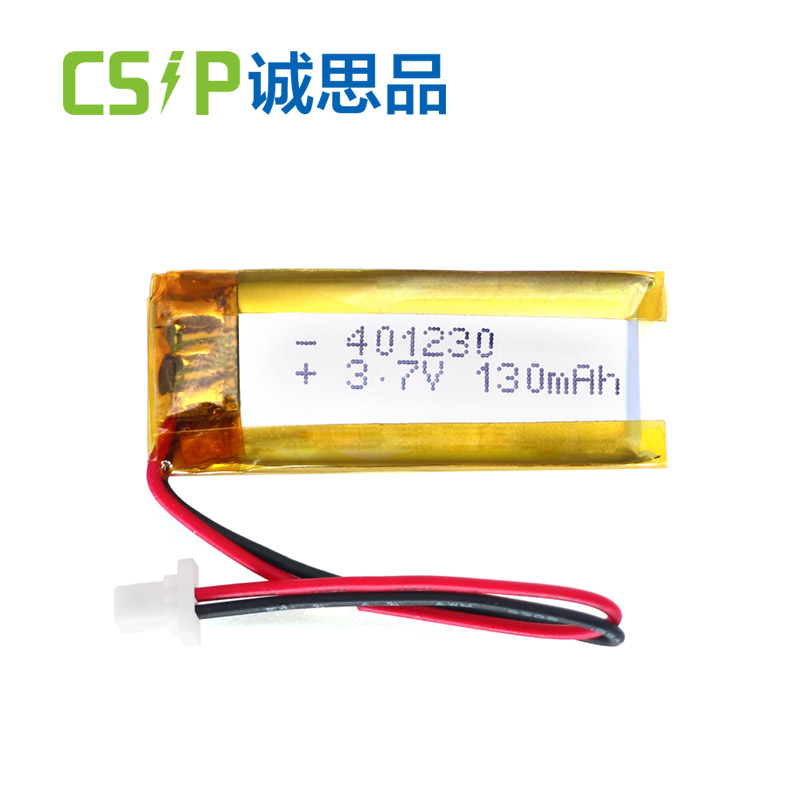
In this case, the phone didn't respond to posterior charging and switching on and had to be transferred to a client service for form. This was actually caused by the battery being over discharged and the voltage being so low that it didn't have normal charging and switching on conditions.
3. The right approach to lithium battery phones
In summary, my most important tips for charging and discharging lithium battery mobile phones in use are

1. Follow the standard time and procedure for charging, indeed for the first three times.
2. One should try to start charging instantly when there's an suggestion that the phone is running low.
3. No special system is demanded to spark the lithium battery, which will spark naturally during normal use of thephone.However, it'll not actually work, If you contend on using the" first three 12- hour long charges to spark" system.
System, it will not actually work.
Thus, all attempts to charge the phone for 12 hours and use the Li-ion battery until it switches off automatically arewrong.However, please correct it, If you have done this ahead.
Please correct yourself before it's too late.

Of course, with good quality protection and control circuits in the phone and bowl itself, the protection of the Li- ion battery is still relatively guaranteed. This is why it's important to understand the charging rules, and in some cases some concessions can be made. For illustration, if you find that your phone has to be charged before you go to bed at night, you can also start charging it before you go to bed. The point is that you should know what the right thing to do is and not designedly follow the wrong statement.


 Home
Home CSIP
CSIP  Feb 28,2023
Feb 28,2023 
 The differences between Li-ion and Li-poly for Li-ion batteries are?
The differences between Li-ion and Li-poly for Li-ion batteries are? 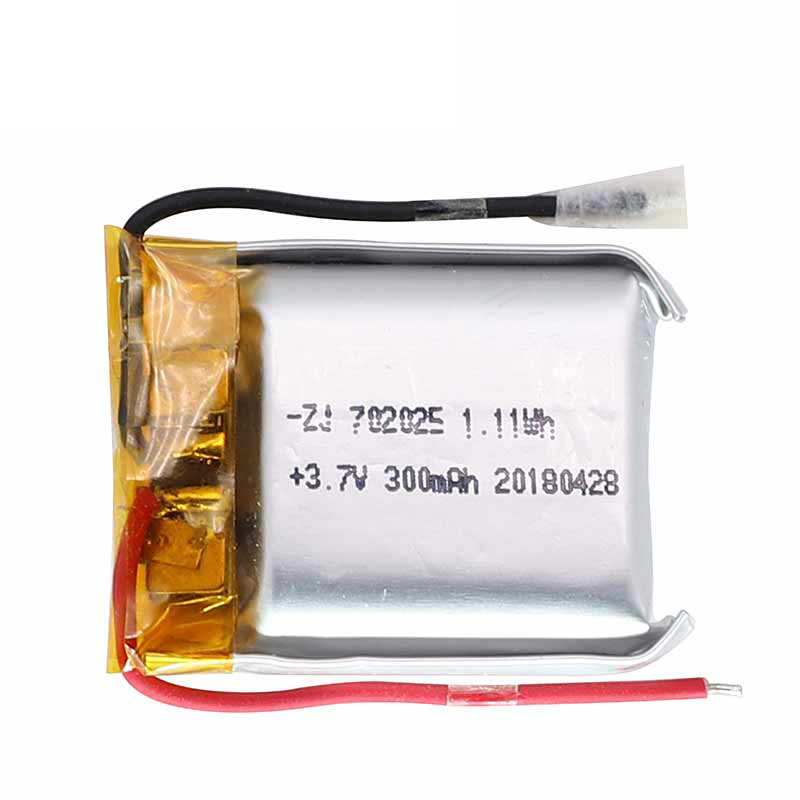
 Feb 16,2023
Feb 16,2023 



